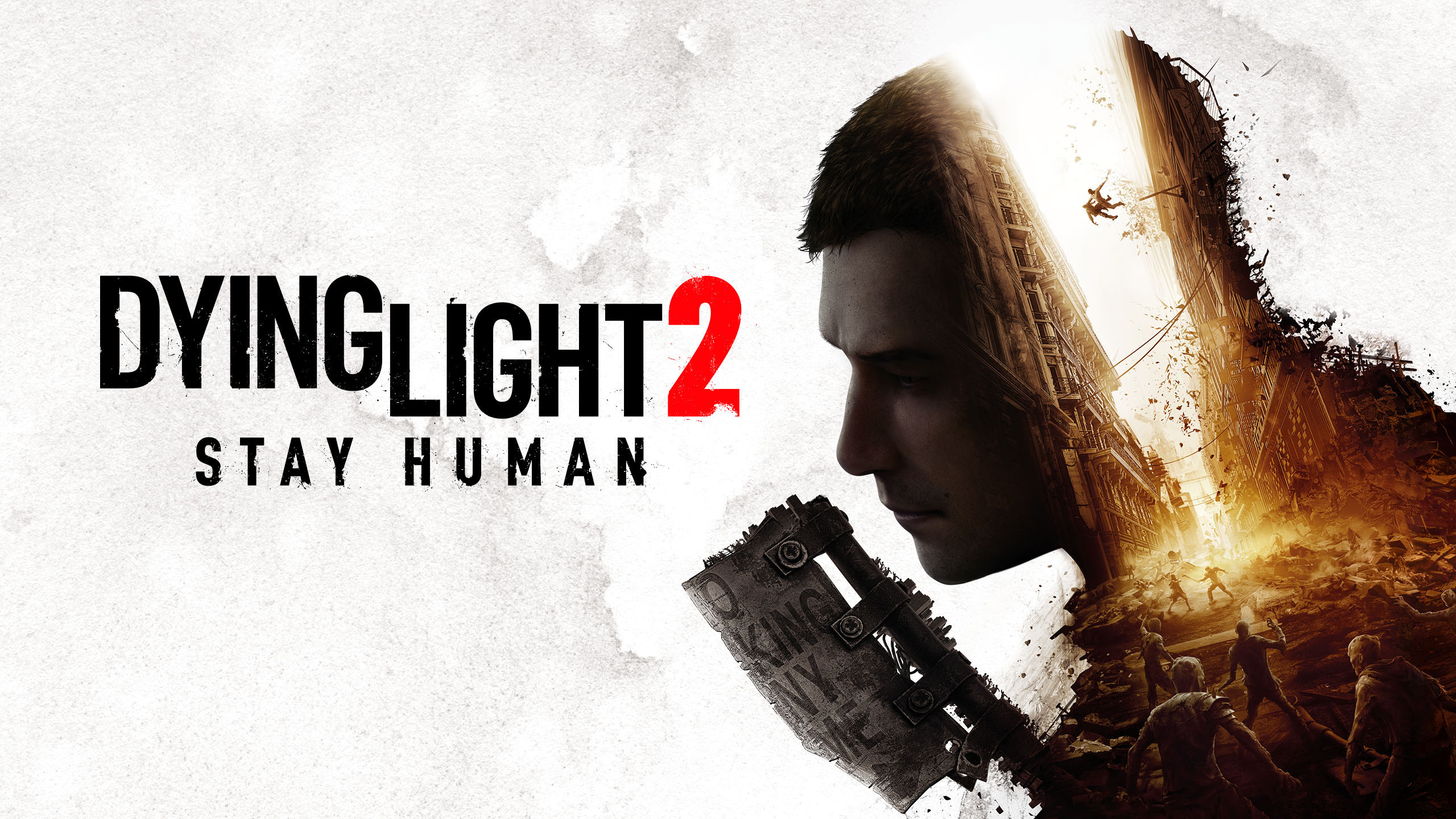
When doing our Dying Light 2: Stay Human review, it makes a strong first impression and if Techland manages to maintain support for it like they did its predecessor, it could stand to be an all-time classic. First-person, open-world zombie action games is Techland’s element; having made several of them by now. With each attempt, the Polish developer became more adept at delivering the dream.
Dead Island was something of a guilty pleasure when it came out in 2011. It was rough around the edges, but at the time it mostly delivered on its promise of a first-person action RPG set in a tropical zombie apocalypse. Techland delivered some expansions that added a change of scenery and a new playable character, but most fans just wanted to enjoy the game’s online co-op mode.
When the original Dying Light came out in 2015, it impressed gamers with the vast and dense city of Harran that was inspired by Turkey. Techland was able to refine their open-world zombie RPG to a very stable experience, but with parkour traversal to add unparalleled density in level design. After The Following expansion, how could Techland top it? Find out in our Dying Light 2: Stay Human review!
Dying Light 2: Stay Human
Developer: Techland
Publisher: Techland
Platforms: Microsoft Windows, Nintendo Switch (via cloud), Xbox One, Xbox Series X|S, PlayStation 4, PlayStation 5 (reviewed)
Release Date: February 4, 2022
Players: 1-4 (online co-op)
Price: $59.99 USD
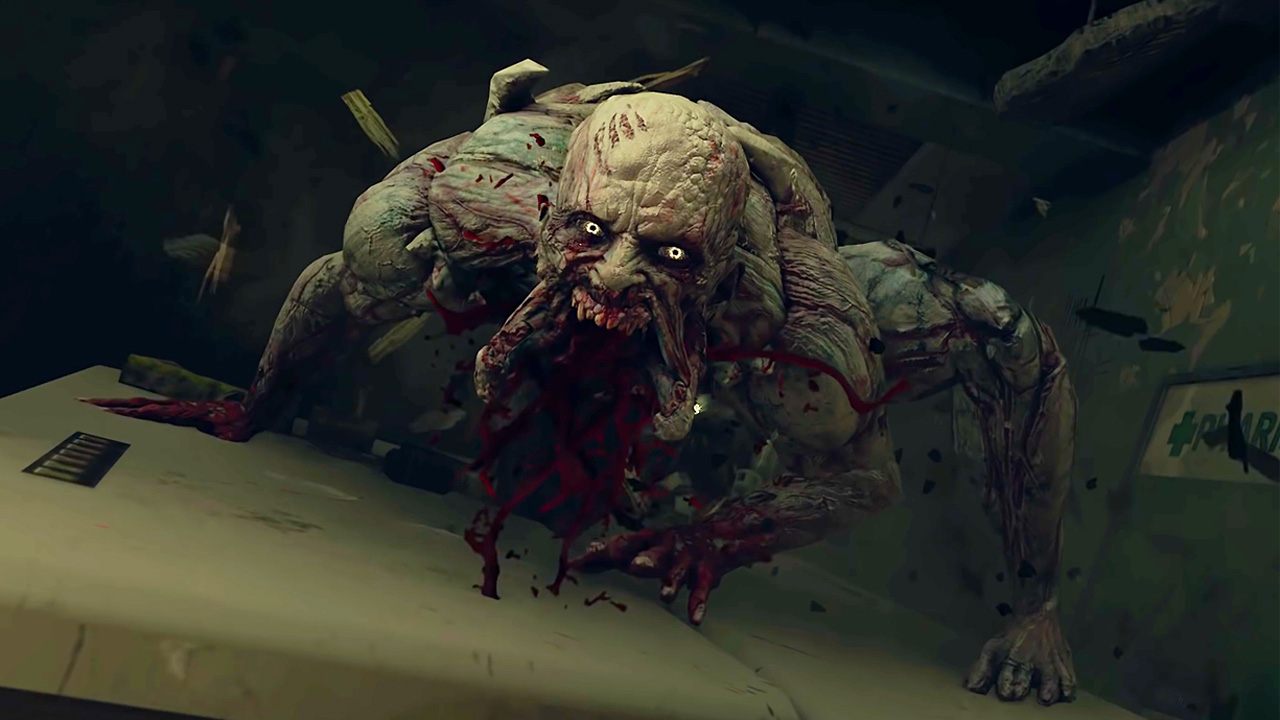
Aiden’s quest to find his sister is set 15 years after the events in Harran. He is a new protagonist to replace Crane and he has a mysterious backstory that involves human-experimentation and a evil scientist named Waltz, who would fit right at home in the Resident Evil franchise.
Viledor is a less of a dump than the rickety third-world sheet metal towns of Harran. Not that anyone would be able to tell since after 15 years of a raging zombie outbreak; the entire world and humanity at large are just barely getting by. As if a terrible infection isn’t enough; there are heaps of highly deadly toxic waste that flow like rivers that prevent anyone from escaping their doom.
Since Crane’s galavanting in Harran, most of the world’s city’s fell. Aiden makes his living as a “pilgrim”, a type of vagabond and will take on any odd-job and moves from settlement to settlement… or what is left of them. There are factions vying for territory and it will be up to Aiden to decide on who gets control of what parts of the city.
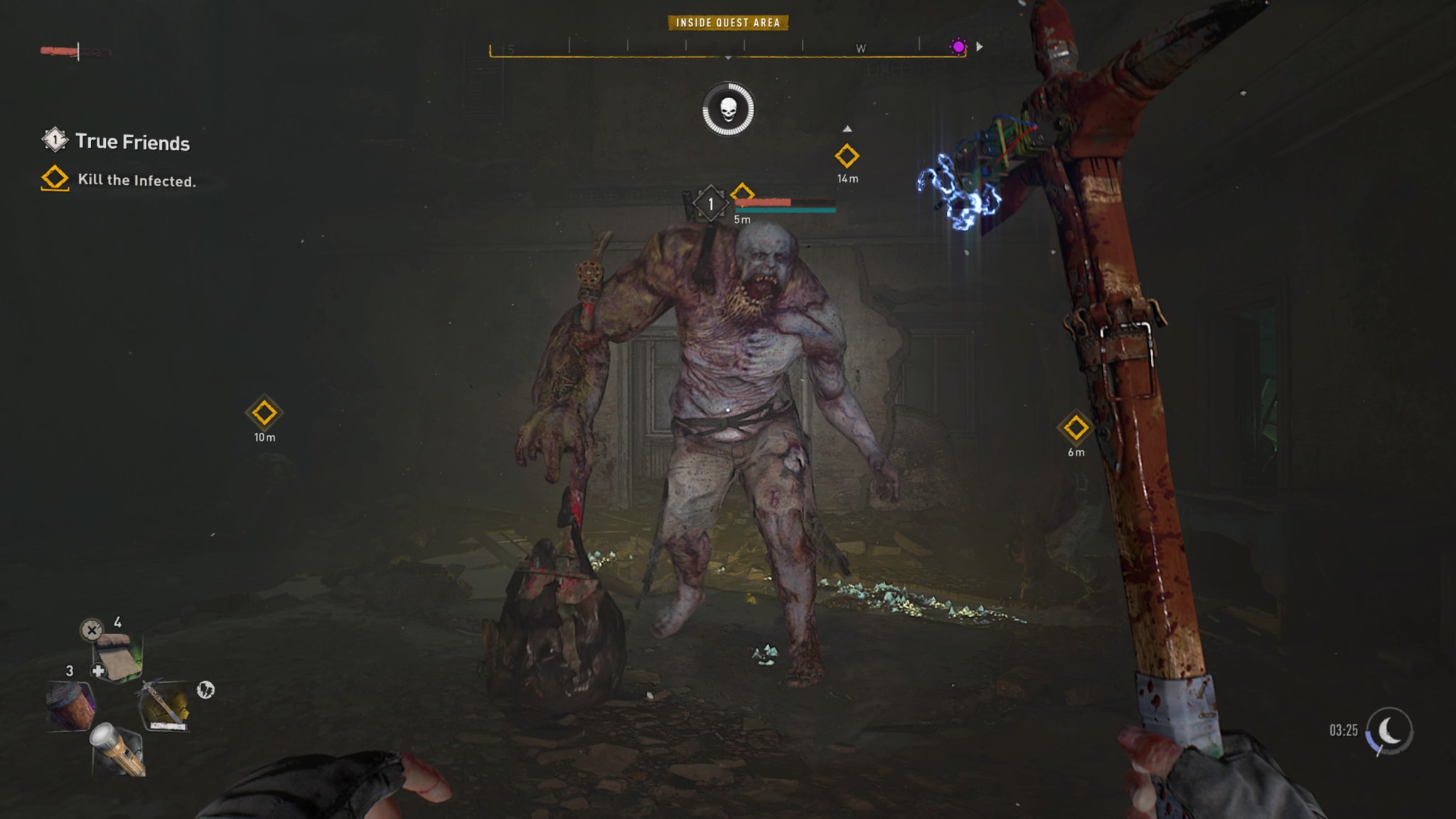
Dying Light 2: Stay Human does not make the choice easy. There are story reasons why a player might choose one side over another, with gameplay reasons too. The Peacekeepers operate like brutal fascists; they try to do good, but are also capable of excessive force. In Viledor, they are utterly necessary because they tend to do more good than bad.
The survivors are generally free people who are just trying to get by… even if its by immoral or criminal means. Their settlements are usually populated with ok people, but there is always some thugs, conmen and murderers among them too. Dying Light 2: Stay Human does not play favorites with either faction. The morality in the world is a huge shade of gray.
Why would Aiden let any of these factions take control of any territory? Depending on who controls the zone will significantly alter how the player can face the zombie threat in the area. Peacekeepers tend to be very offensive; ergo, traps or car bombs will become available in their controlled region. Survivors rely more on parkour; therefore they implement ziplines and other accouterments to aid while free-running.
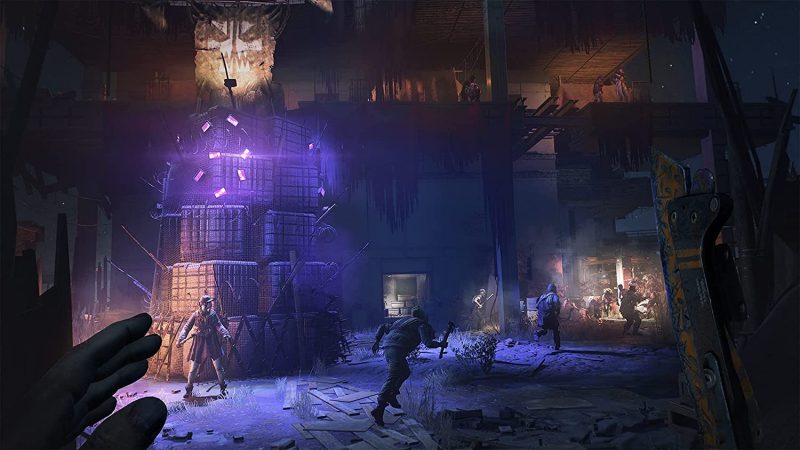
How the player impacts Viledor is part of the role-playing and character building experience. Not only do players craft Aiden’s playstyle in his statistics; but the environment at large also gets a “character build” too. This does come with some commitment and there are some critical choices that do alter the events that play out and makes Dying Light 2: Stay Human feel reactive.
Like its predecessor, parkour or “free-running” is a major pillar of the Dying Light 2 experience. Aiden’s movement feels a lot more fluid and snappier than Crane ever was. It is apparent that Techland’s technology has come far for full-body awareness in first-person; controls are incredibly smooth and satisfying.
After leveling up a bit and putting specs into stamina, Aiden will be able to do many of the tricks Crane could and more. Using zombies as foot-stools, wall-running and tack jumping to perpendicular surfaces and sliding can be chained together effortlessly. The sense of movement and speed feels very palpable; it is as if Aiden can do anything.
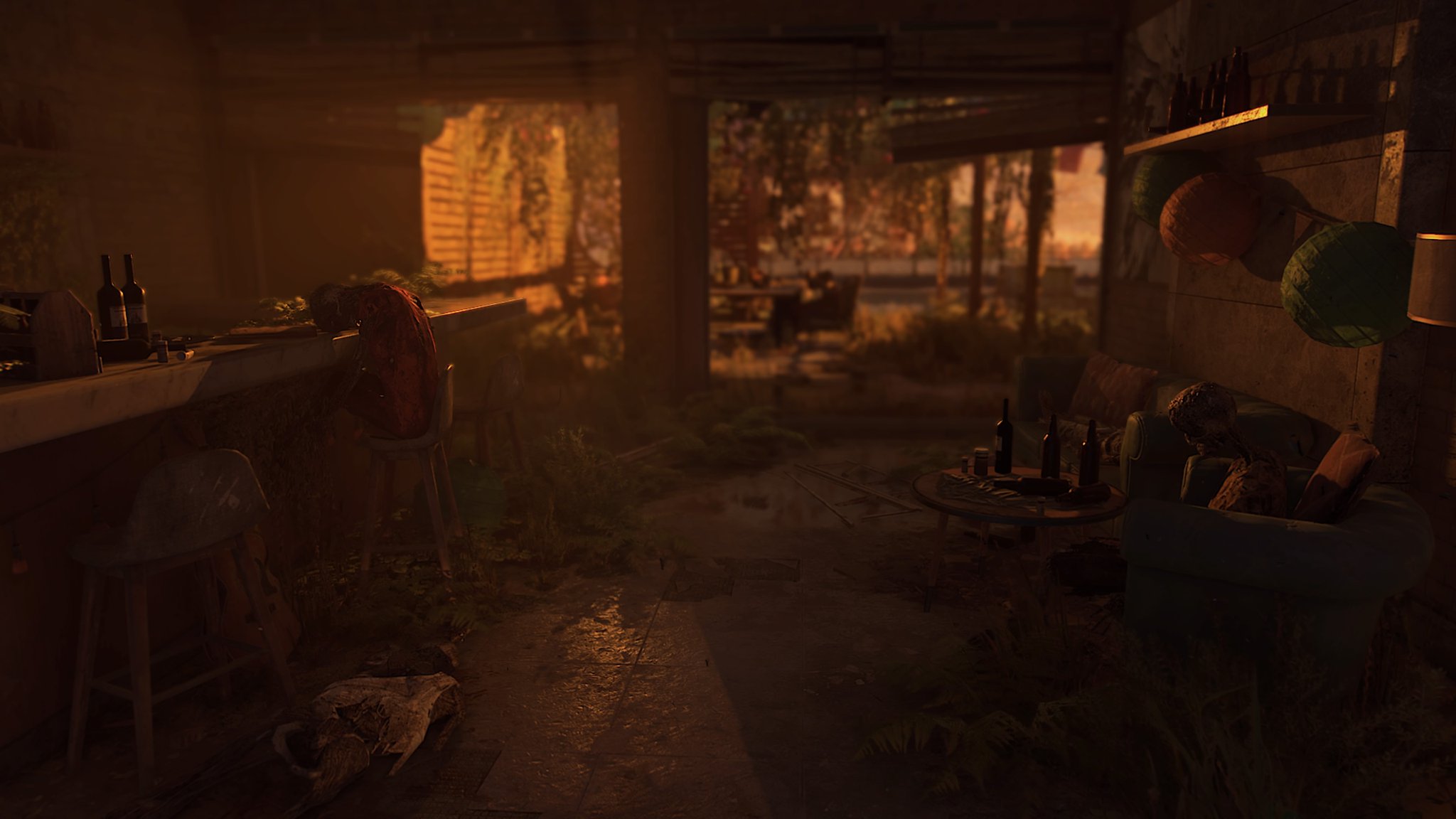
New tricks that were not possible in Harran are things like swinging on ropes like Tarzan and swinging on horizontal poles. The headliner is easily a portable paraglider – which not only cuts down on getting swarmed by zombies, but comes with its own quirks and upgrade levels. Techland got extremely creative with their level design and how all their elements tie together.
Getting good at the parkour is going to be crucial; especially in the early hours of the game because the day and night cycle is back and with a new twist. Everyone in Viledor is infected, Aiden included and the only way to stop the infection from completely ravaging the host’s body is to stay in UV light or in daylight.
Running around at night not only means avoiding being eaten, but moving fast enough to the nearest UV lamp/safehouse or crafting a UV torch from garbage. This is thrilling and as tense as Sonic running out of oxygen while spelunking in Labyrinth Zone and causes just as much exquisite anxiety.
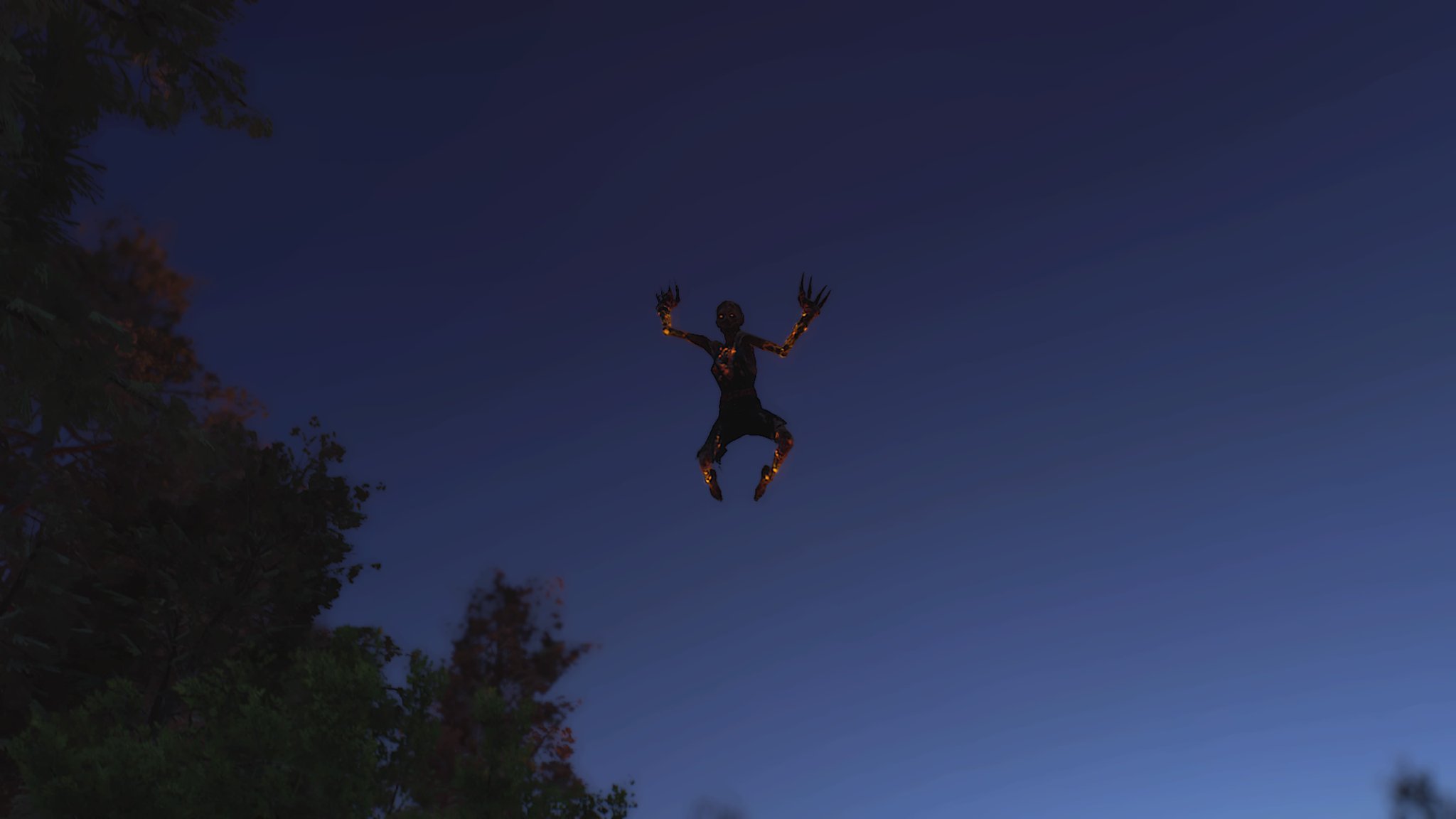
Night time also means much more powerful zombie types begin to roam the streets and leave their dungeons. Volatiles are still the alpha zombie and will violently melt Aiden with their wrath. As if they weren’t enough, Dying Light 2: Stay Human introduces new zombie types to keep gamers on edge while on the prowl for their next objective.
There are hulking, enormous mutant muscle zombies now who have an elephantine club fist and also an armored zombie with rock-like skin that also comically charges at its prey like a bull from Looney Tunes. Ranged spitting zombies add some variety for some long-distant shoot outs with a bow and arrow and screamers call a horde to start giving chase.
Running and bounding like a gazelle is always a viable and exciting method to stay alive; but sooner or later, Aiden is going to have to fight. Combat in Dying Light 2: Stay Human is improved over the prior entry, due to the enhanced fluidity and wider range of actions and options afforded to the player.
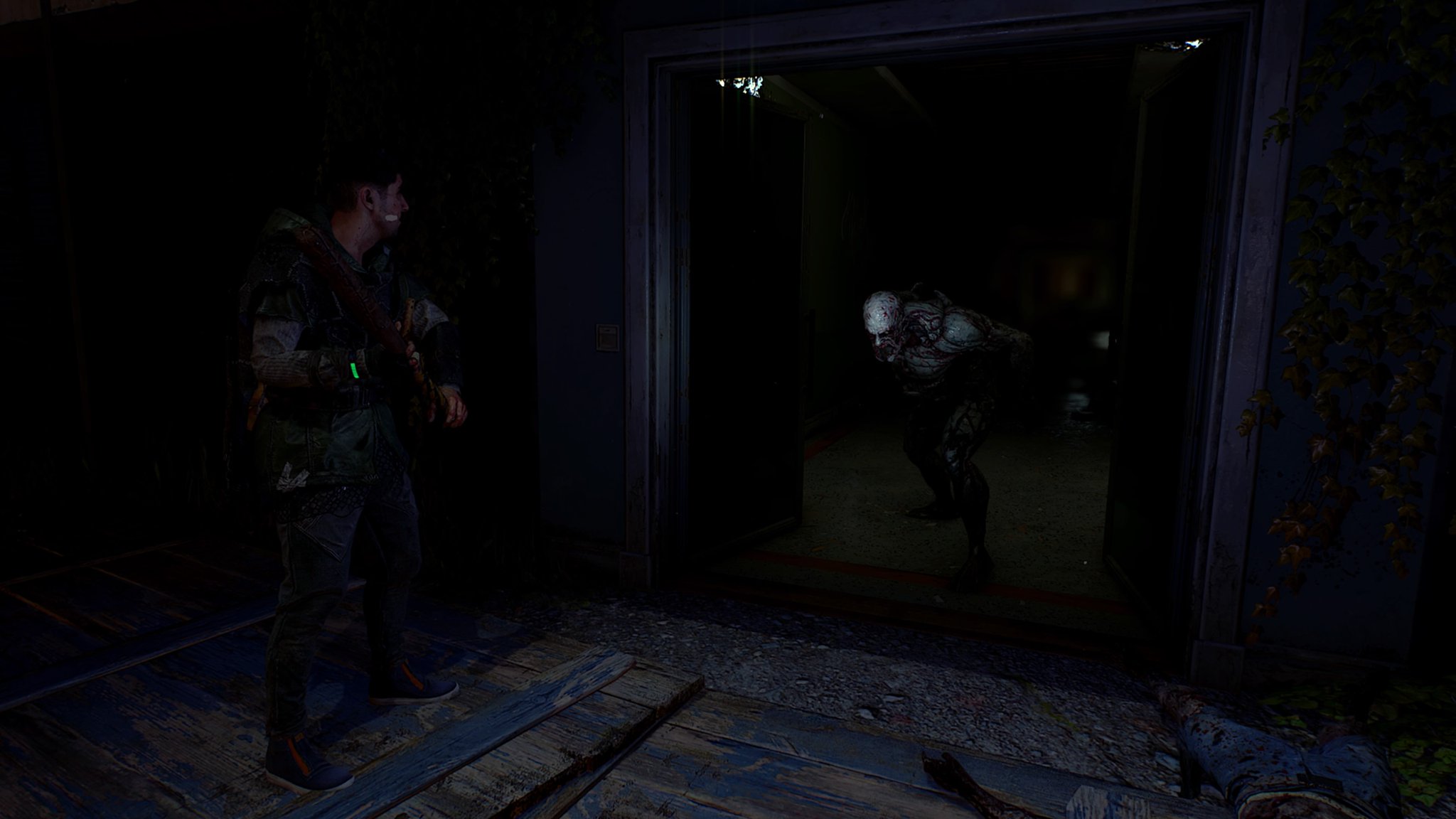
Beating a pack of hungry runners or a gang of thugs with a flaming hammer or stomping their skulls into a mound of raspberry jam is as satisfying as it sounds. This could become tiresome, but thankfully Dying Light 2: Stay Human has more to offer. Aiden can perform parries, drop-kicks and can perform Resident Evil 4-style contextual attacks on stunned opponents.
The bloody violence is very meaty and juicy with the accompanying gore effects and nauseating sound. Players will feel the hits when enemies get dismembered or decapitated and the satisfying slow-mo effect triggers; blood flying like glistening rubies.
The only drawback with so many things to see and do in Viledor is that it is incredibly easy to get distracted. The absurd amount of side-stories, points of interest and endless radiant quests will clog up the mission log and splatter the map with hundreds of node and markers. This is an issue that tends to be one of the least enjoyable aspects of open-world games; all the questing feels like work after a while.

The other issue that tends to affect open world games like this are glitches. During our Dying Light 2: Stay Human review process, there were several instances of sound bugs or dialogue that would self-skip. Other times there were characters that would violently spasm into geometry or begin to clip into each other.
Rest assured, Techland will likely address most of these technical issues. It is unknown if they can get all of them at launch, but the core game is still surprisingly solid- a lot more than most open-world games tend to be. When Dying Light 2: Stay Human runs with no issues, it looks and plays amazingly.
While it certainly looks more like a PlayStation 4 game than anything made to spec for ninth gen consoles; the extra headroom allowed Techland to aim for a solid 60 frames per second with a very far draw distance. Lighting quality is especially noticeable and Aiden himself also casts a very convincing shadow while free-running; adding an extra layer of authenticity.
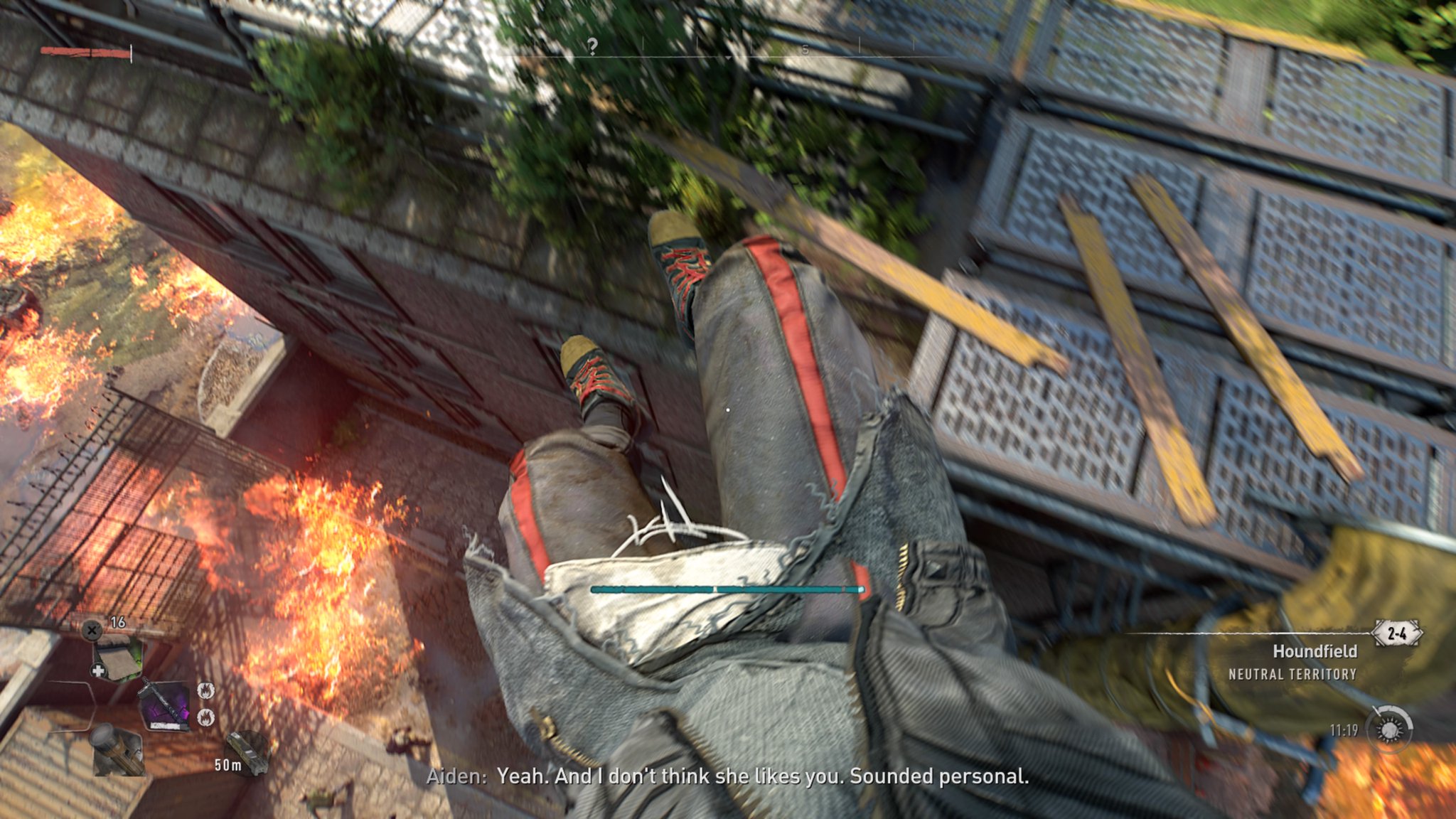
Dying Light 2: Stay Human will certainly satisfy fans of Dying Light and Dead Island. The story is mostly a backdrop for the player to have an excuse for the adventure and isn’t anything special. The voice acting is surprisingly good for a narrative that is basically Mad Max meets Resident Evil. The only bad performances are from the women who are hopelessly unconvincing at sounding like male children.
Viledor is a huge and spawning setting that is as much of a character as the protagonist or villains. It is full of personality due to the way the various factions have tried to make their regions suit their needs and it has a unique urban eastern Europe flavor. Covered in graffiti, shabby structures and skeletal high rises; Viledor has way more to offer than Harran ever could.
While Dying Light 2: Stay Human does more than live up to its promises, it also still falls into the same traps that are found in every open-world game. It can be an exhausting grind to do everything that the game offers, but anyone who can let go of this compulsive urge and focus on the task at hand will see Dying Light 2 shine at its best.
Dying Light 2: Stay Human was reviewed on PlayStation 5 using a copy provided by Techland. You can find additional information about Niche Gamer’s review/ethics policy here. Dying Light 2: Stay Human is now available for Windows PC (via Steam), Xbox Series X|S, Xbox One, PlayStation 4 and PlayStation 5.